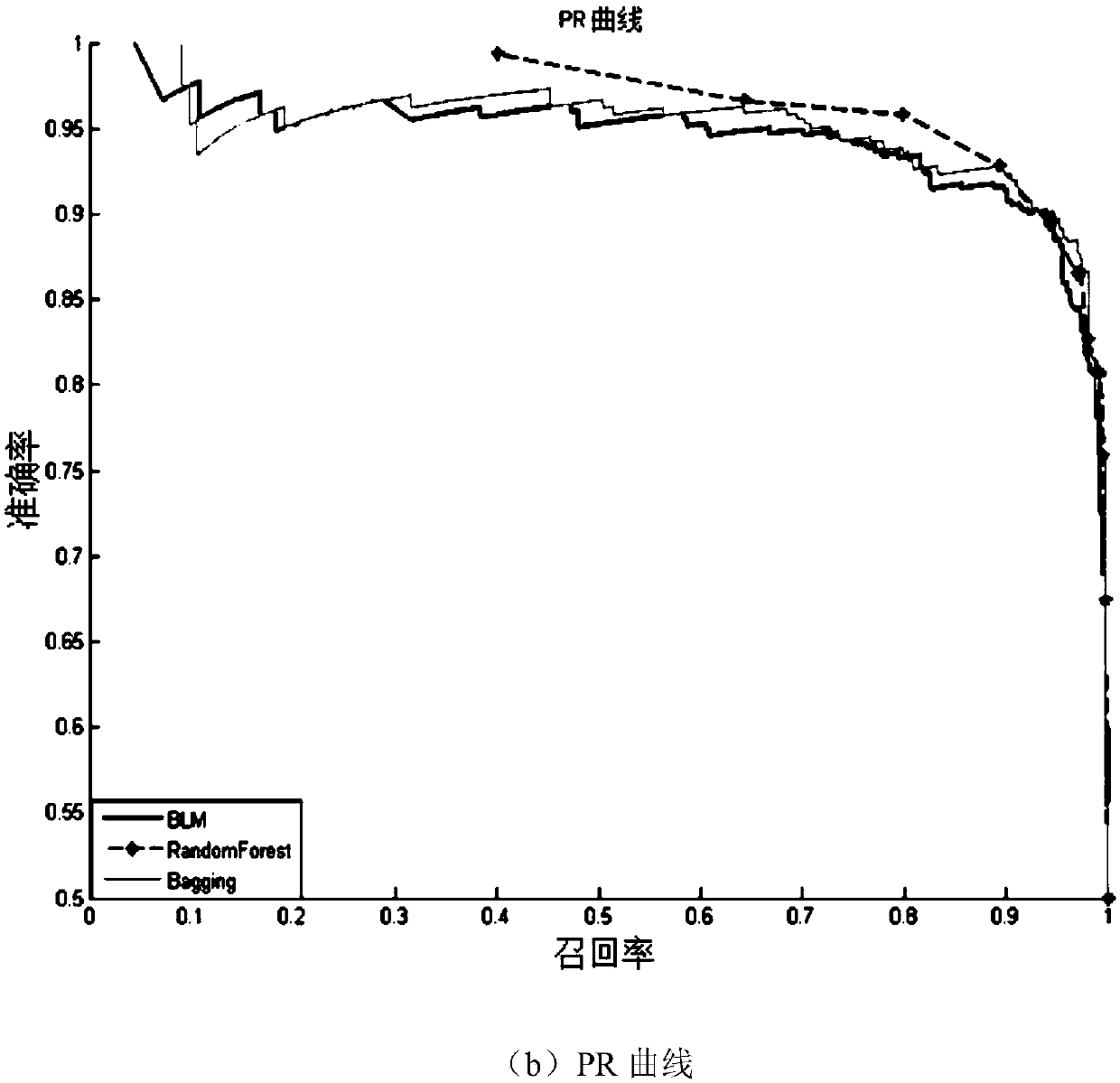Prediction method and prediction system for G-protein-coupled receptor-ligand interaction relationship
A technology of coupled receptors and prediction systems, applied in biostatistics, special data processing applications, and used to analyze two-dimensional or three-dimensional molecular structures, etc., can solve the problems of no experimental verification, low sensitivity, etc., and achieve good prediction Outcomes, good predictors of effects
- Summary
- Abstract
- Description
- Claims
- Application Information
AI Technical Summary
Problems solved by technology
Method used
Image
Examples
Embodiment Construction
[0041] The present invention is further illustrated in conjunction with the accompanying drawings and examples. The following examples do not limit the invention.
[0042] The method for predicting G protein-coupled receptor-ligand interaction proposed by the present invention includes such as figure 1 process shown.
[0043] The present invention also proposes a G protein-coupled receptor-ligand interaction relationship and a prediction system for ligands of orphan receptors, such as image 3 As shown, it includes a network initialization module, a network path building module, a feature building module, and a receptor-ligand interaction relationship prediction module;
[0044] Among them, the network initialization module constructs a G protein-coupled receptor-ligand interaction network structure diagram of non-orphan receptors, with receptors and ligands as nodes in the network, and receptor-ligand relationships as nodes in the network. Edges, which map the relationship...
PUM
 Login to View More
Login to View More Abstract
Description
Claims
Application Information
 Login to View More
Login to View More - Generate Ideas
- Intellectual Property
- Life Sciences
- Materials
- Tech Scout
- Unparalleled Data Quality
- Higher Quality Content
- 60% Fewer Hallucinations
Browse by: Latest US Patents, China's latest patents, Technical Efficacy Thesaurus, Application Domain, Technology Topic, Popular Technical Reports.
© 2025 PatSnap. All rights reserved.Legal|Privacy policy|Modern Slavery Act Transparency Statement|Sitemap|About US| Contact US: help@patsnap.com



